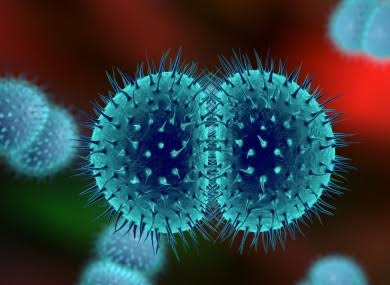Gonorrhoea: causes, symptoms, diagnosis, tests, complications, transmission, treatment and prevention.
Gonorrhoea efficiently transmitted by:
Male to female via semen.
Vagina to male Urethra.
Perinatal transmission (Mother to Infant):
It is a bacterial sexually transmitted infection (STI). It can be painful and, if it’s not treated early. It can cause painful complications and serious health problems. The disease is usually symptomatic in males and asymptomatic in females.
Causative organism
It is caused by bacteria called Neisseria gonorrhoeae. A diplococci organism known in lay terms as the kissing bugs because of their appearance on microscopy.

Transmission
Gonorrhoea is most commonly spread through:
1. Unprotected vaginal, anal sex or oral sex
2. Sharing sex toys if you don’t wash them.
According to Planned Parenthood, gonorrhea is spread through vaginal, anal, and oral sex. The infection is carried in semen (cum),pre-cum, and vaginal fluids. It can infect your penis,vagina,cervix,anus,urethra, throat, and eyes (but that’s rare). Most people with gonorrhea don’t have any symptoms and feel totally fine, so they might not even know they’re infected.
You can get gonorrhea if you share sex toys with someone who already has it and you don’t disinfect the toys or put a new condom on them each time a new person uses the toys.
Anyone who’s sexually active can easily get and pass on gonorrhoea. You don’t need to have lots of sexual partners.
Symptoms
Signs and symptoms can show up 1–14 days after coming in contact with infected source and they include:
1. Unusual discharge from the penis/vagina discharge may be white, yellow or green.
2. Pain when passing urine
3. Bleeding between periods
4. Lower Abdominal pain
5. Pain during intercourse (for women)
6. Vaginal discharge/penile discharge (mucupurulent)
7. Sometimes you may fever, chills and nausea
8. Rectal infection leading to pain on passing stool, rectal discharge, and tenesmus.
9. Sore throat or difficulty swallowing may be a symptom of oral gonorrhoea but this is rare.
The only way to make sure you don’t have gonorrhoea is to get tested yourself.
One CAN’T get gonorrhoea from kissing, hugging, sharing towels, holding hands, swimming pools, toilet seats or from sharing cups, plates or cutlery.
Investigations/Diagnosis
N.gonorrhea is a fastidious organism and attention must be paid to the collection of specimen, transportation and culture test or the organism may be missed. Swabs are are taken from the endocervix, urethra and rectum. The swabs are transported in Stuart medium or Amies medium immediately to the lab. The endocervical swab gives the most definitive culture result of the organism.
Newer techniques for detecting N.gonorrhoea, which are very sensitive but also very expensive include: DNA probes, polymerase chain reaction(PCR) , and ligase chain (LCR). Some of these tests detect N.gonorrhoea in early morning urine.
Treatment
Treatment for gonorrhoea consists of a short course of antibiotics.
It normally involves an antibiotic injection and a single dose of antibiotic tablet. e.g. Ceftriazone 250mg IM once + Azithromycin 1g orally once OR Doxycycline 100mg twice a day for 7days.





















